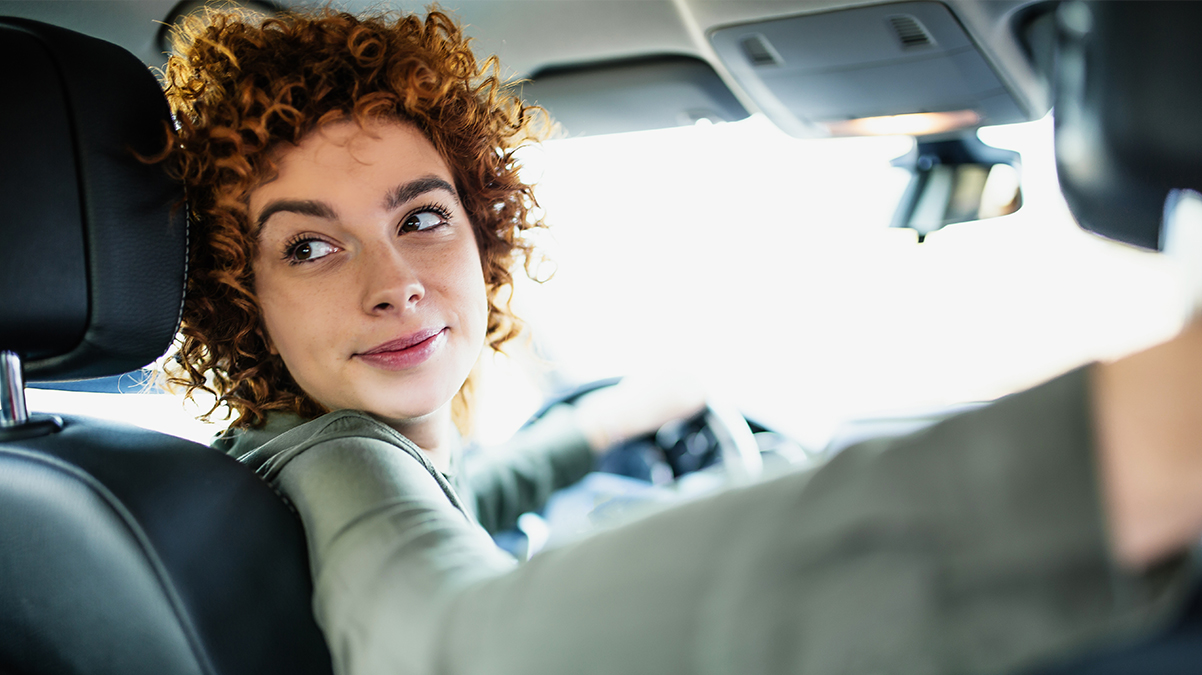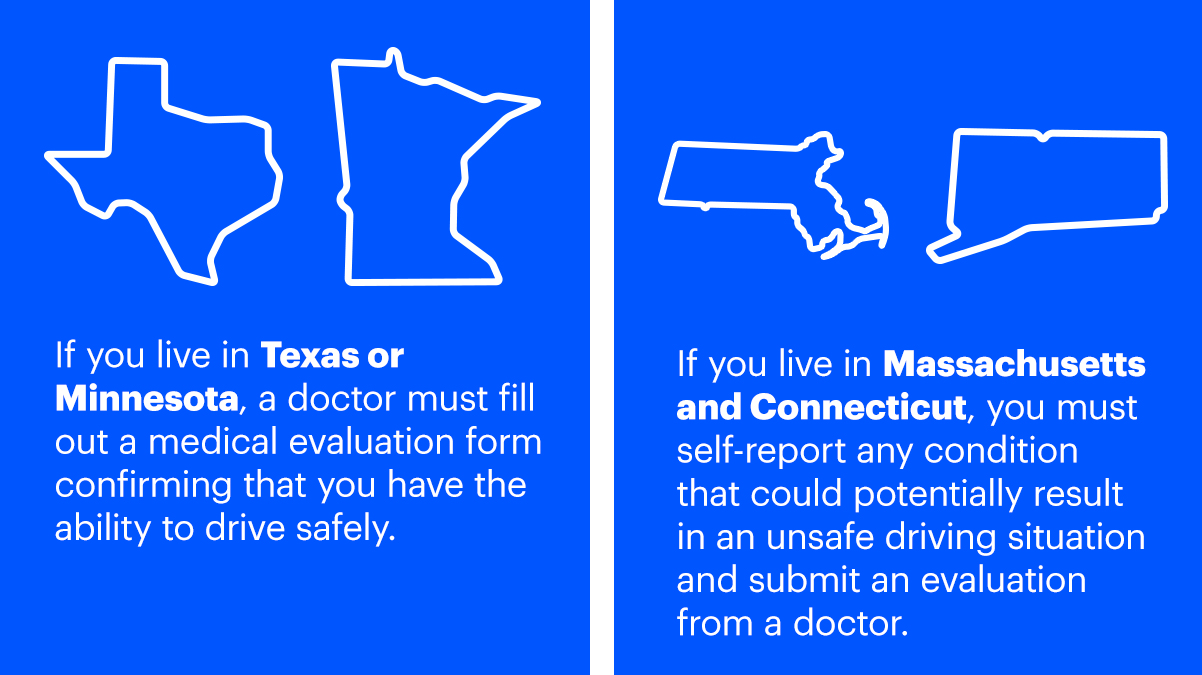
Managing your blood sugar levels is important for safe driving. Make a habit of checking your blood sugar levels before getting behind the wheel—if you are going low, you may want to have a snack before you get going!
Talk to your doctor about setting a target range for your blood sugar while you are driving. If you are anticipating a long distance car trip, you’ll want to set break points throughout the trip to check your blood sugar before getting back on the road.
What If I Have Low Blood-Sugar While Driving?
Low blood-sugar (also known as hypoglycemia) can happen at inconvenient times, and if it happens when you’re on the road, it’s important to be prepared. Always keep a source of fast acting glucose your car—and be sure to always carry extra in your bag or pocket. Supplies like glucose tablets, juice boxes or a couple of tubes of cake frosting are easy to store in the glove compartment.
Here’s what to do if you feel hypoglycemic while driving: Do not try to treat your symptoms while behind the wheel. Find somewhere that is safe to pull over and have a snack to treat the low. Wait until your blood sugar returns to the target range before continuing to drive. If you need more to eat, travel to a gas station to obtain an extra drink or snack, if needed.
It is always good to problem solve around what may have led to slow blood sugar. Did you: Skip a meal? Eat less than normal? Exercise more than usual? Forget to check your blood sugar before driving? If you can identify what may have contributed to your hypoglycemia, you can work on changing your habits to prevent it in the future.
Driving when you have hypoglycemia or low blood sugar may cause you to feel dizzy or disoriented, which is very dangerous when you are in the driver’s seat. Hence, it is important to be diligent about keeping blood sugar well-managed. and monitoring your levels before you get in the car.
Diabetes and Driving Laws
Yes, you absolutely can still drive if you have type 1 diabetes—this disease isn’t going to stop you from getting where you need to go! Just as wearing a seatbelt and driving within the speed limit are the law, there are also laws about driving with diabetes. These rules and restrictions vary from state to state, and cover things like getting a license or reporting incidents of severe hypoglycemia.

In these states and many others, regular re-evaluations are required to renew a license, and episodes of hypo- or hyperglycemia while driving may necessitate even further steps. California has the strictest rules of all. In that state, any medical professional who treats a seizure (which can result from a severe low) must, by law, report the incident to the DMV, even if the seizure did not occur while the person was driving.
Note that these laws are subject to change, so be sure to look up the most up-to-date information on your state’s regulations around driving with type 1 diabetes by going on online or contacting your local DMV.